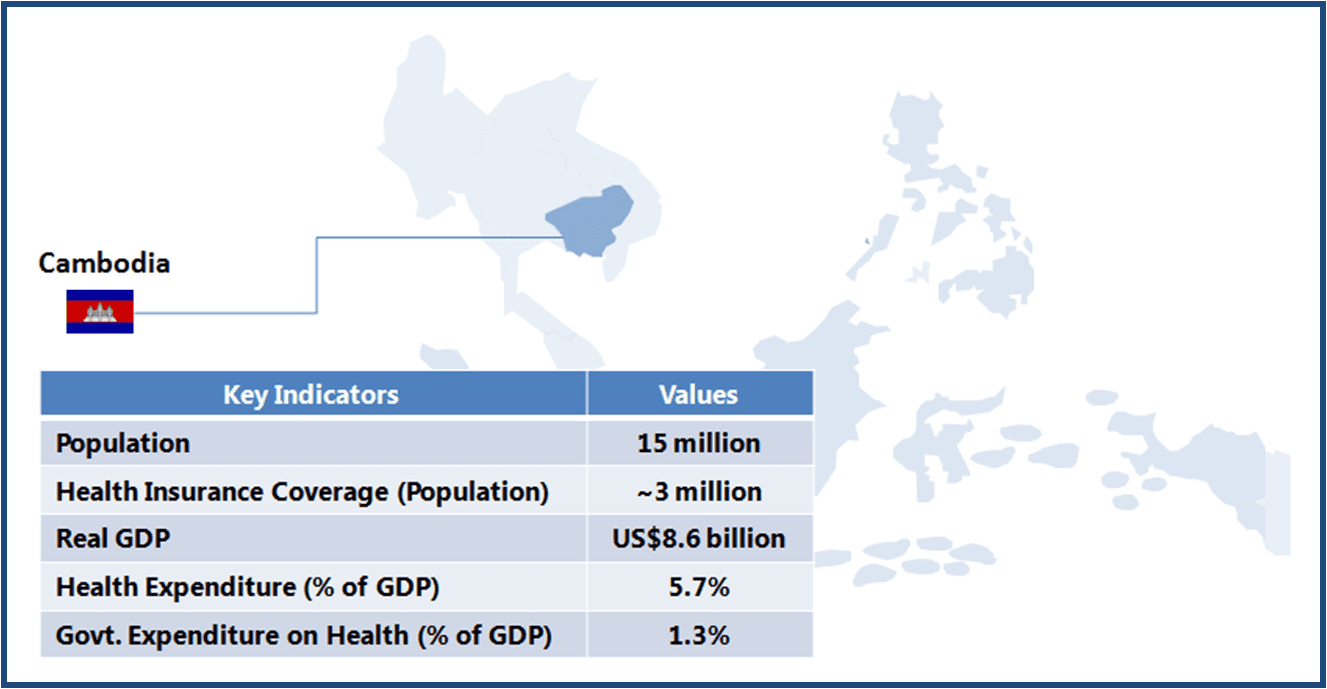Gap, Adidas, and Giorgio Armani are some of the renowned fashion brands that manufacture their designs in Cambodia. As of 2014, Cambodia was the sixth fastest growing economy in the world and its textile production held a 1.2% share of the global market by volume in 2008. It is no coincidence that whenever Cambodia is mentioned, almost instantaneously, it is linked to a soaring apparel production sustained by a large number of factories as well as workforce in number only comparable to some of the world’s largest textiles producers such as Thailand or Vietnam. Is Cambodia ready to face this steep growth?
Accounting for 16% of the country’s GDP in 2012, garment sector certainly plays an important role in the Cambodian economy. It provided employment to 8.2% of the country’s population in 2014, while textile export accounted for 80% of Cambodia’s total exports in 2013. Moreover, Cambodia’s government has recently increased its focus on industry development with stress on garments. The country has not only set a long term Industrial Development Policy to spur its textile sector growth but it also has implemented initiatives seeking to organize the apparel production and become an even more appealing destination for international buyers as well as investors.

In 2009, as a long term strategy, the country became part of the Association of South East Asian Nations community (ASEAN), a regional economic and political organization associating 10 member states. This allowed Cambodia to take advantage of several FTAs previously signed by ASEAN with developed countries, and benefit from many other betterments offered by this international community. After years of political stress and economic instability of the Cambodian’s economy, ASEAN membership helped Cambodia register a manifold increase in trade in the last five years, with stabilized inflation rate at about 4%, and an expected GDP CAGR of around 8-9% during 2015-2018.
Since declared a Least Developed Country (LDC) in 1991, Cambodia has been benefitting from quota-free and duty-free export to EU countries without having to comply with the rule of origin, a rule establishing that all manufactured goods must originate from the country of export. Fabrics may come from, i.e. China, but it is Cambodia that manufactures and exports all of the clothing and footwear to places such as UK (which accounted for 7.8% of total garment exports from Cambodia in 2013) or Germany (accounted for 6.7% of total garment exports in the same year). For a country as heavily dependent on raw material (57.2% of total imported garment raw material came from China in 2013) as Cambodia, this scheme is greatly favorable, allowing the country to export US$554 million worth of textiles and footwear during the Q1 2015 to the EU alone.

For the past two decades, the country has been relying on FDIs with a strong focus on garment industry investment. Cambodia became an attractive investment destination in 1996, after receiving the status of Most Favored Nation (MFN) by the USA and launching an open trade administration with permissive investments and incentives for foreign investors. Due to open trade policies such as no price controls on products or services, free remittance of foreign currencies abroad, and full import duty exemption, favoring mostly foreign capital, Cambodia tripled its FDI in the last decade with a record of US$4.6 billion of cumulative approved FDI. As of 2014, about 28% of that FDI, or US$1.28 billion, focused on the garment and footwear sector production through foundation of new factories and implementation of high-tech manufacturing equipment rather than depending on low cost and low skilled labor as means of retaining international competitiveness.
Despite an increase in total export volumes buoyed primarily by textile and footwear export over the past several years, Cambodia’s government is yet to address internal problems that may obstruct both the country’s economy as well as apparel sector’s growth in the coming years.

EOS Perspective
During the last decade, Cambodia has strategically positioned itself as an attractive FDI destination for clothing and footwear companies to make their designs or to open new low-cost production facilities. However, since 2014, Cambodia’s internal conflict with garment sector workers has affected the country’s image causing a decline in purchase orders for the first time in a decade. The conflict has also negatively impacted foreign investors who are losing confidence in the country’s management of the apparel sector, and subsequently, Cambodia is registering a decline in FDI inflow, which it greatly relies on to aid its apparel industry development. Further, considering Cambodia’s textile industry is highly dependent on imported raw material and electricity, the apparel production cost is susceptible to possible increase in prices of imported fabric and unforeseen changes in electricity rates.
As a result, it does seem Cambodia is still unprepared to handle a possible steep growth of its textile industry. Although there have been several industrial development policies implemented to better organize the industrial setup, Cambodia is yet to build strong manufacturing industries to supply for its own apparel industry needs. Further, the ongoing lack of a fully-working power grid that feeds textile factories puts Cambodia in a weak position vis-à-vis its garment-oriented competitors. Therefore, in order to become a truly large player in the global apparel industry playground, Cambodia has to focus its efforts on developing self-sustainability and overcoming its ingrained internal conflicts.










